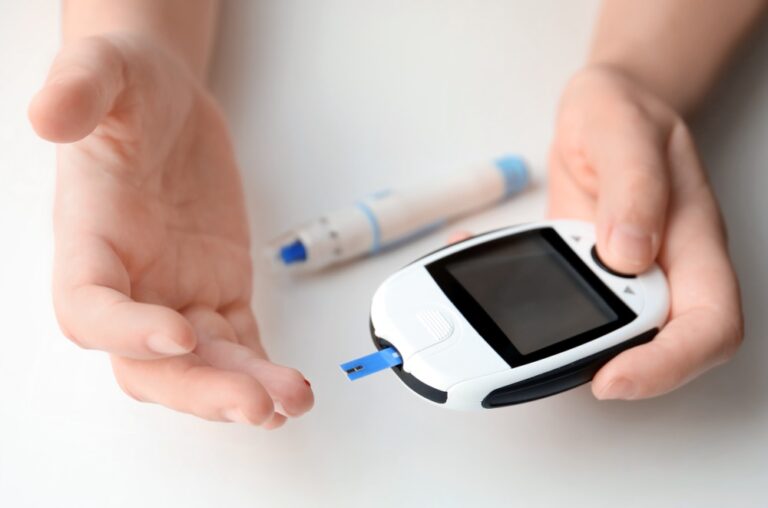
Introduction
Lipedema is a chronic condition that affects the distribution of fat in the body, predominantly in the legs, hips, and arms. It is often misunderstood and misdiagnosed, leading to emotional and physical challenges. Despite its prevalence, lipedema remains a lesser-known condition, partly due to the stigma surrounding body image. However, several public figures and celebrities have come forward to share their experiences, helping to raise awareness and reduce stigma.
This article explores the lives of celebrities with lipedema, how they have inspired others, and the impact of their advocacy on public perception. We will also dive deep into understanding lipedema, its stages, symptoms, and the ongoing challenges faced by those diagnosed with it. Our aim is to provide a comprehensive and informative guide that ranks high on Google, ensuring the content is accessible to those seeking knowledge and support.
Understanding Lipedema
What is Lipedema?
Lipedema is a medical condition characterized by the abnormal accumulation of fat cells, typically in the lower body, including the thighs, buttocks, and calves. Unlike regular fat distribution, lipedema fat is resistant to diet and exercise, causing disproportionate body shapes. This condition predominantly affects women and is often inherited, indicating a genetic component.
Symptoms of Lipedema
Individuals with lipedema may experience pain, tenderness, and easy bruising in affected areas. The skin may feel cold and rubbery due to poor circulation. As the condition progresses, it can lead to reduced mobility and psychological distress. A distinguishing feature is the “cuff” appearance around the ankles, where fat deposits stop abruptly above the feet, unlike in obesity where fat is evenly distributed.
Stages of Lipedema
Lipedema is categorized into four stages:
- Stage 1: Skin is smooth, and fat buildup is mild but noticeable.
- Stage 2: Skin becomes uneven with nodular lumps.
- Stage 3: Fat deposits grow larger, causing significant limb deformation.
- Stage 4: Lipedema progresses to lipo-lymphedema, leading to swelling and severe mobility issues.
Celebrities Diagnosed with Lipedema
Inspiring Stories
Several celebrities have been open about their struggles with lipedema, using their platforms to educate the public. For example, Mischa Barton has publicly discussed her journey with lipedema, raising awareness about the emotional and physical challenges involved. Similarly, actress Kathy Bates has spoken about her battle with lymphedema, a condition closely related to lipedema, advocating for better medical understanding and treatment options.
Impact on Their Careers
Living with lipedema can be challenging, especially under public scrutiny. Celebrities like Wendy Williams have faced body shaming and misconceptions about their health. Their openness has helped others understand the condition better, reducing stigma and encouraging empathy.
Speculated Cases of Lipedema in Celebrities
There are public discussions about other celebrities suspected of having lipedema due to visible symptoms. However, it is essential to approach these discussions with sensitivity and avoid making assumptions without confirmation. Speculation can lead to misinformation and reinforce stereotypes, emphasizing the need for respectful discourse.
The Role of Celebrities in Raising Awareness
Celebrities play a crucial role in destigmatizing lipedema by sharing their personal experiences. Their advocacy increases visibility and encourages individuals to seek proper diagnosis and treatment. Collaborations with healthcare organizations and social media campaigns have further amplified their impact.
Impact of Lipedema on Celebrities’ Lives
Lipedema affects not only physical health but also mental well-being. The constant scrutiny and misconceptions about weight can lead to anxiety and depression. Many celebrities have addressed these issues, promoting body positivity and mental health awareness.
Public Reactions and Media Coverage
Media portrayal of lipedema can significantly influence public perception. Positive coverage helps normalize the condition, while negative stereotypes can perpetuate stigma. Celebrities’ advocacy has led to more informed discussions, highlighting the importance of accurate representation.
Conclusion
Celebrities with lipedema have used their influence to educate the public, inspire those affected, and challenge societal norms around body image. Their stories emphasize the need for greater awareness, empathy, and medical research.
FAQs
- Can lipedema be cured? Currently, there is no cure for lipedema, but there are treatments available to manage symptoms and improve quality of life. These include compression therapy, lymphatic drainage, specialized exercise programs, and in some cases, liposuction specifically designed for lipedema fat removal.
- How is lipedema different from obesity? Lipedema is a chronic condition characterized by abnormal fat accumulation, mainly in the legs, hips, and arms, and is resistant to diet and exercise. Unlike obesity, which is generalized and affects the entire body, lipedema fat is disproportionate and accompanied by pain, tenderness, and easy bruising.
- Is lipedema hereditary? Yes, lipedema is believed to have a genetic component, as it often runs in families. It predominantly affects women and is thought to be linked to hormonal changes, such as puberty, pregnancy, or menopause.
- What are the best treatment options for lipedema? Treatment options include conservative methods like compression garments, manual lymphatic drainage, and decongestive therapy. Surgical options, such as liposuction specifically for lipedema, can help reduce fat deposits and improve mobility. It’s essential to consult with healthcare professionals who specialize in lipedema to determine the best approach.
- How can one support a loved one with lipedema? Support can be provided by understanding the condition, offering emotional support, and encouraging positive body image. It’s also helpful to assist with practical needs, such as finding specialized medical care or adaptive clothing. Raising awareness and promoting an inclusive and empathetic environment can significantly impact their well-being.
RELATED ARTICLES
The Ultimate Guide to GoMyFinance.com Bills
Brunysixl: The Ultimate Guide to Unblocked Gaming
Comprehensive Guide to C105 Natural Disasters Exam 2
Crown Laboratories Zeasorb Super Absorbent Powder 2.5 oz – A Complete Guide






